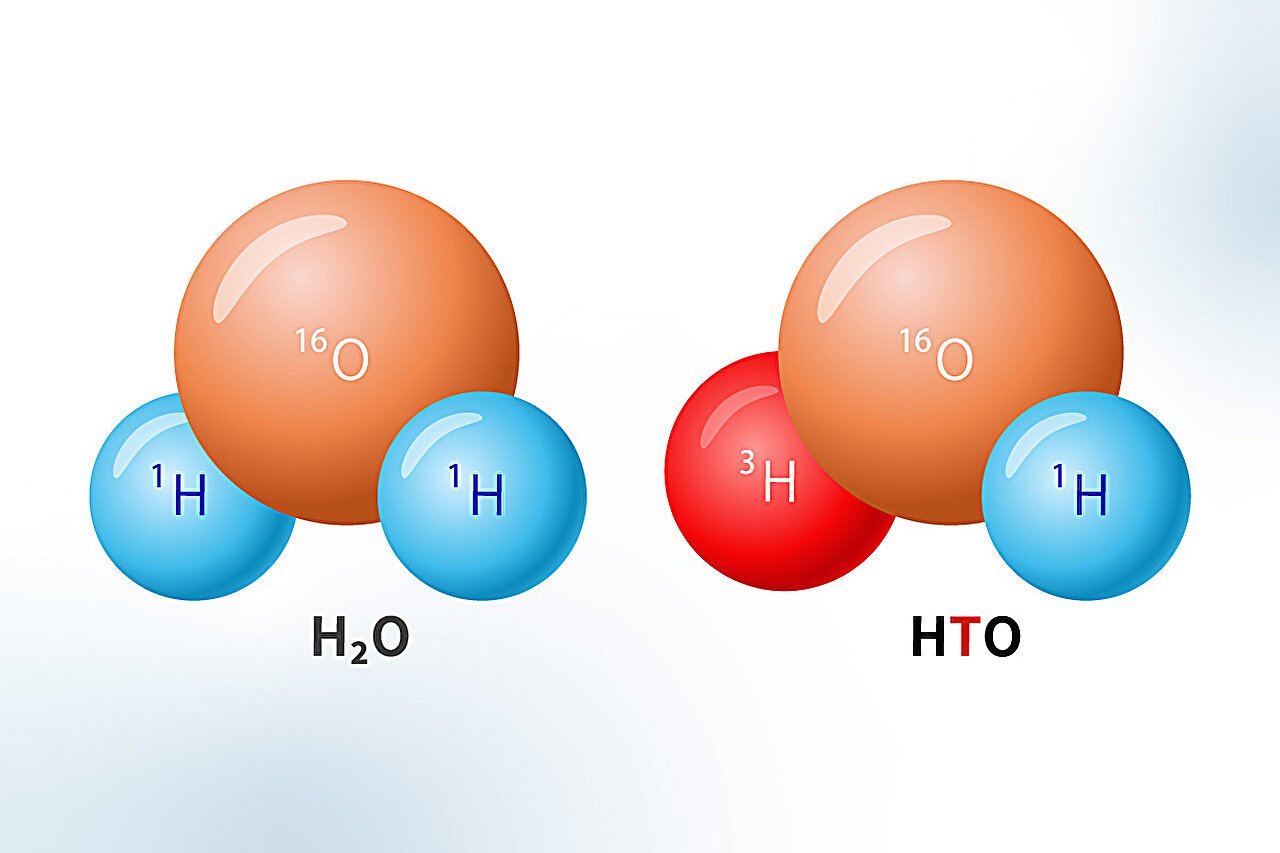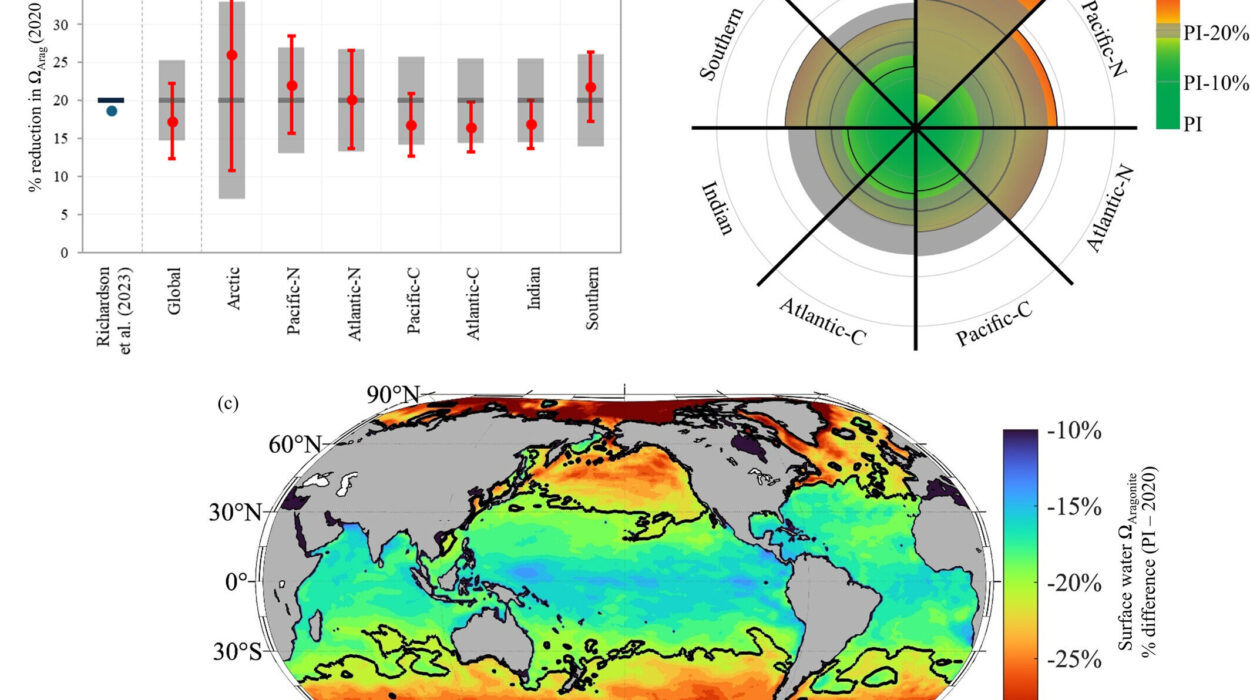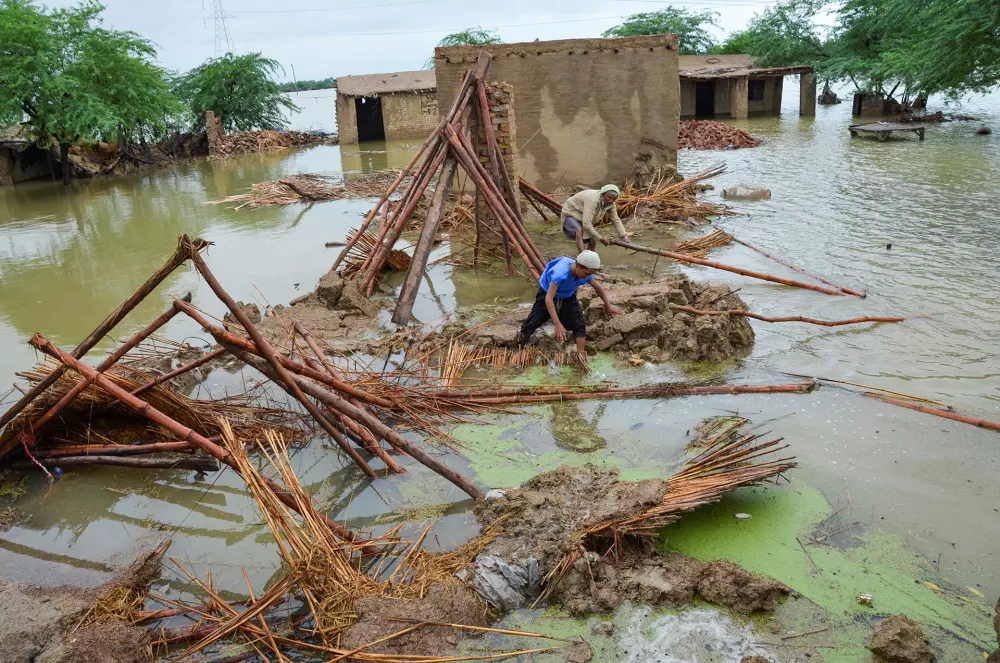In the quiet swell of the Pacific off the coast of Fukushima, a complex story has been unfolding—one that began with devastation, has moved through controversy, and is now meeting clarity through science.
More than a decade after the Fukushima Daiichi Nuclear Power Plant was crippled by a powerful earthquake and tsunami in 2011, a vast reserve of treated water, once used to cool its damaged reactors, has slowly begun to return to the ocean. With each drop released through a 1-kilometer-long tunnel beneath the sea, questions have swirled around the world: Is it safe? Will it affect marine life? What legacy will this leave behind?
Now, scientists are providing a reassuring answer. A new, comprehensive modeling study published in the Marine Pollution Bulletin shows that the planned release of ALPS-treated water—named for Japan’s Advanced Liquid Processing System—is expected to have a negligible impact on the Pacific Ocean’s tritium levels, both now and far into the future.
A Water Problem Born from Catastrophe
Since the disaster, operators at the Fukushima site have worked tirelessly to keep the nuclear reactors cool by continuously pumping in water. That water, once it touched the damaged reactors, became radioactive. Through the ALPS purification system, almost all harmful radionuclides are removed—except for one: tritium, a weakly radioactive isotope of hydrogen.
Tritium is notoriously difficult and costly to separate from water because it becomes part of the water molecule itself. The treated water, containing trace amounts of tritium, was stored on-site for years, slowly accumulating. But storage capacity was limited. In 2021, the Japanese government announced a policy to begin carefully controlled ocean releases of the diluted ALPS-treated water. The first releases began in August 2023 and are expected to continue gradually until 2050.
While the decision triggered concern in Japan and abroad, especially among neighboring countries and fishing communities, scientists have continued studying the implications with rigor and transparency.
What the Study Reveals: The Science Behind the Simulations
The new study, conducted by researchers from the Institute of Industrial Science at The University of Tokyo and Fukushima University, offers the most detailed modeling yet of how tritium from ALPS-treated water behaves in the global ocean over time.
Using advanced numerical simulations that account for real-world discharge scenarios, changing ocean currents, and even the influence of global warming, the team found something crucial: the increase in tritium concentration is less than 0.1% over natural background levels, which range between 0.03 and 0.2 becquerels per liter (Bq/L) in the Pacific.
This means the added tritium is so small it is below the detection threshold—in other words, it’s indistinguishable from natural variation.
Even more importantly, it’s orders of magnitude below the World Health Organization’s drinking water safety standard of 10,000 Bq/L. For comparison, if the WHO standard were the height of Mount Everest, the tritium levels near Fukushima from the discharged water would be smaller than a blade of grass.
Global Ocean, Global Insight
Lead author Alexandre Cauquoin explains that what sets this study apart is its scope and realism. Unlike previous assessments, this simulation incorporated global ocean currents, fine-scale eddies, and even the impact of climate change—all of which can affect how tritium moves through the marine environment.
“In our global ocean simulations,” Cauquoin says, “we could investigate how ocean circulation changes due to global warming and representation of fine-scale ocean eddies influence the temporal and spatial distribution of tritium originating from these treated-water releases.”
That level of detail matters. Currents and eddies are like the highways and roundabouts of the sea, redistributing heat, nutrients, and contaminants across the globe. In a warming world, these currents shift. And yet, even in those dynamic conditions, the study found no meaningful accumulation or harmful concentration of tritium from the release.
Beyond the Numbers: Understanding Tritium’s Nature
Tritium, while radioactive, is among the least dangerous radionuclides. Its weak radiation—beta particles—cannot even penetrate human skin. Its biological impact is minimal when diluted, as it is in the ocean. In fact, tritium exists naturally in rainwater, rivers, and oceans, produced both by cosmic rays and historic nuclear testing.
Still, its presence is not meaningless. Because it behaves like water, tritium is an invaluable tracer for scientists studying the movement of water in nature.
“This study may help in building models to understand how tritium as a tritiated water molecule moves through water vapor and ocean water,” says Maksym Gusyev, a co-author from the Institute of Environmental Radioactivity at Fukushima University. “It can help in studies of precipitation patterns, atmospheric and oceanic circulation, moisture sources, river catchments, and groundwater flow in the future.”
Public Trust Through Transparency
While the data paints a reassuring picture, public trust remains a delicate part of the Fukushima water story. Transparency, communication, and independent verification are critical. Ongoing monitoring by Japanese authorities, international bodies like the IAEA, and independent researchers is essential to maintaining confidence.
So far, seawater samples collected around the discharge area confirm the modeling results: tritium levels remain indistinguishable from natural background values. No spike, no accumulation—just the silent continuation of ocean life.
A Lesson in Science, Risk, and Resilience
The Fukushima disaster was a tragedy that shook Japan and the world. But what followed was also a story of scientific resilience. From the engineers who built the ALPS purification system to the researchers modeling ocean chemistry decades into the future, the response has been rooted in evidence, innovation, and accountability.
This study adds one more chapter—reminding us that when science leads the way, even the most complex and sensitive environmental decisions can be met with clarity and confidence.
In the vastness of the Pacific, where sunlight pierces the waves and currents spin like clockwork beneath the surface, a silent experiment is unfolding. And thanks to the tireless work of scientists, we now know what happens next: almost nothing.
Reference: Ocean general circulation model simulations of anthropogenic tritium releases from the Fukushima Daiichi Nuclear Power Plant site, Marine Pollution Bulletin (2025). DOI: 10.1016/j.marpolbul.2025.118294






